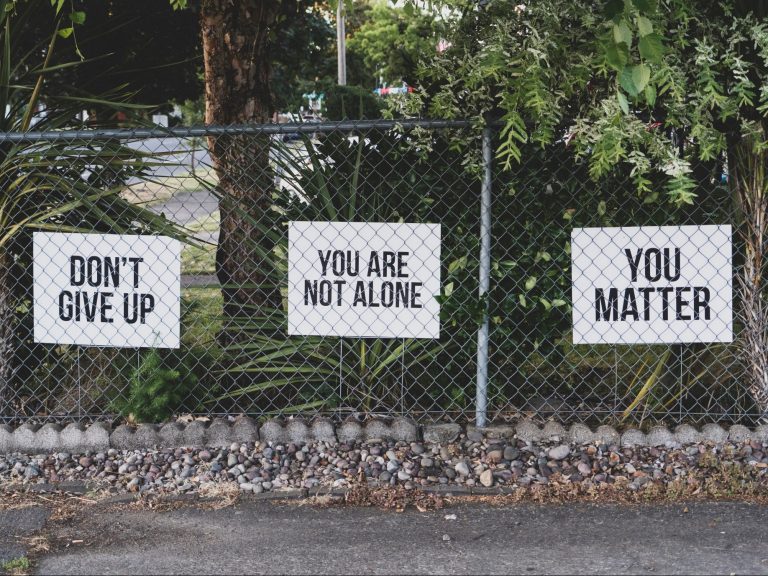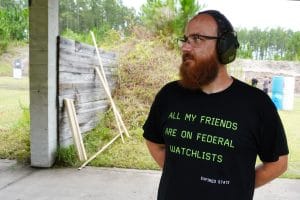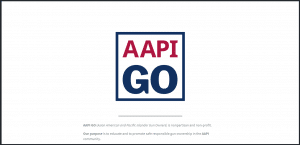A new report signals a potential path forward for cross-ideological support on reducing gun suicide.
The Convergence Center for Policy Resolution released the final report from its “Dialogue on Guns and Suicide Prevention” on Tuesday. The project was the result of a year-long collaboration between gun-rights activists, firearms industry representatives, mental health groups, and public policy researchers seeking to find methods of reducing firearm suicide that all constituencies could agree on.
“More than 40 percent of adults in the U.S. live in a household with at least one gun present, and their reasons for gun ownership and intended uses vary widely,” the center said in a press release. “Those who own firearms often feel caricatured, while those proposing reforms related to guns feel similarly misunderstood. The Convergence report highlights the importance of engaging gun owners as part of building smart and effective strategies for the reduction in gun deaths.”
The dialogue, and the corresponding report, highlight the potential for non-coercive strategies to achieve a reduction in suicides among gun owners. While many proposals for reducing gun death rely on restrictionist policies or criminal penalties to influence behavior, the report findings eschewed calls for new laws. Instead, it focused on voluntary strategies like education campaigns and collaborations between outreach groups inside and outside the gun community.
At a panel event held to announce the release of the new report, gun-rights advocate Chris Cheng highlighted the importance of gun owners being included in these discussions.
“Like many Americans, I am often frustrated by the seemingly intractable firearms debate where few solutions are agreed upon,” he said. “A core reason for this frustration is the fact that gun owners are rarely invited to environments where our way of life is heard without judgment or discrimination. I am encouraged by the civil discussions had amongst the various voices and perspectives, where our time and energy focused on potential solutions in mental health and suicide prevention.”
Contributors from outside the gun-rights movement echoed Cheng’s sentiments on the value of bringing gun owners and their experiences to the table.
“I’ve been doing research on suicide prevention for 25 years, but I’ve never sat down with gun advocates, ever,” Sherry Molock, an associate professor at George Washington University, said. “I thought we lived on different planets. It was very eye-opening for me to talk with people who are either gun advocates, gun owners, or even those who are involved in policy work because they had a different perspective and are crucial to crafting research efforts and solutions that can really work to save lives.”
Bill Brassard of the National Shooting Sports Foundation, Mike Sodini of Walk the Talk America, and firearms instructor Rob Pincus were included in the project. Pincus told The Reload he felt it was vital to accept the center’s invitation to participate in the process.
“One of the things that I have said repeatedly inside our community is that we need to be at that table,” he said. “It does us absolutely no good to have conversations like the one that Convergence wanted to have without anybody who’s interested in protecting gun rights in the room.”
He emphasized that it was possible to address a problem like gun suicide without conceding on gun-control policies.
“The report very specifically does not endorse or speak to any legislation, regulation, or any restriction of gun rights,” he said. “Obviously, with guys like me in the room, and the [NSSF] in the room, there’s not going to be any agreement that we need legislation or regulation to solve this problem.”
The report settled instead on four main strategies moving forward called “Funding, Scale, Research, and Education.”
These include boosting private and public funding for suicide prevention programs, promoting the work of existing projects in the firearms community that reduce gun suicide, encouraging more robust suicide prevention research, and sharing educational materials about firearm storage during times of crisis.
According to Pincus, the final strategies represented the consensus of the various participants, and they demonstrated the ability to find common ground on the issue.
“If the agreement is that we should have fewer firearms-involved suicides, I don’t feel bad agreeing with anyone on that,” he said.






